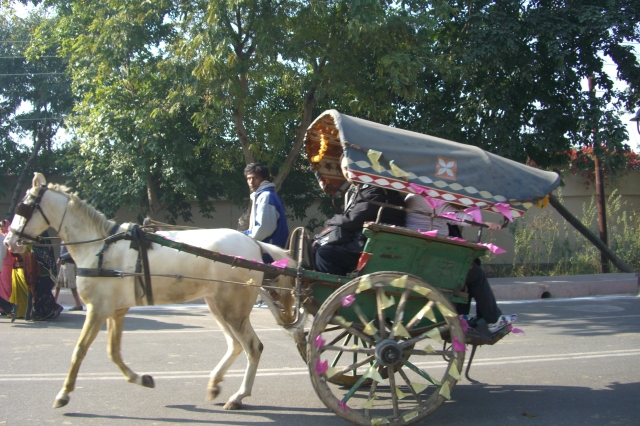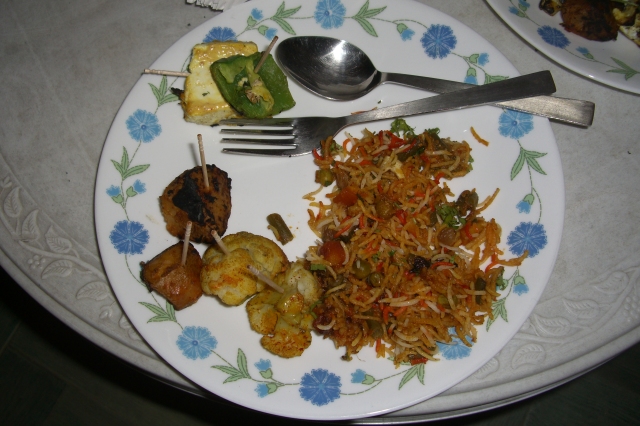
A street side stall where a vendor sells Soan papdi or Soanpapri which is a popular South Asian sweet with a crisp and flaky texture.
—o—
“Kaise diye bhai sahib?” What is the asking price, brother?
“Bees rupiah kilo behenji.” 20 rupees/kilo sister.
A conversation very similar to the above, modified to fit the situation and scripted in various regional languages, can be overheard if one happens to wander inside any store, or pass by a street shop on any given day in India.
I am not talking about the skyrocketing prices of fresh fruit and vegetables (that’s another topic altogether,) but of the way two strangers address each other.
The housewife who is trying to find the best deal she can as she goes around the market, addresses the vendor as ‘Bhai sahib’ [Bhaee-saab]. Hindi: भाई साहिब Bhai – Brother, Sahib- term of respect.
She uses this term even though he bears no relationship to her.
Similarly the tradesman or vendor responds with the term ‘Behen ji’ [Bahen-jee] Hindi: बहन जी Behen – Sister, Ji – gender neutral term of respect.
Indians use these terms often during the course of a typical day while doing business with strangers; such as while buying groceries, haggling over the price of fruits and vegetables, dealing with the milkman, or hailing a taxi or an auto rickshaw.
It is a means of establishing a temporary bond or kinship which places the conversation on a congenial and non-confrontational platform.
So on your next trip to India, these two terms should come in very handy.






















